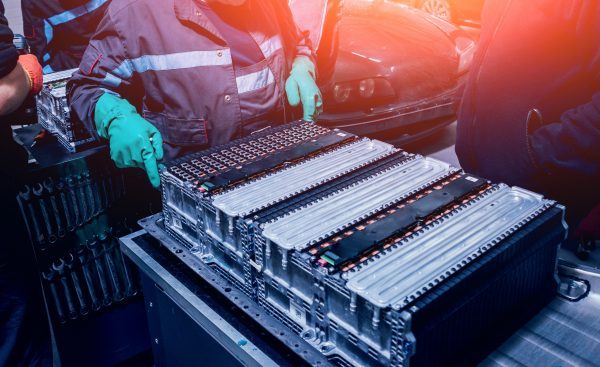Nickel demand from the EV sector is expected to grow globally by 2.6Mt Ni to 2040, up from only 92kt Ni in 2020, and by 543kt Ni from 17kt Ni in 2020 within the European Union, according to a new report.
The document was prepared by market analyst Roskill and released by the Joint Research Centre, the European Commission’s science and knowledge service.
According to the paper, automotive electrification is expected to represent the single-largest growth sector for nickel demand over the next 20 years.
AUTOMOTIVE ELECTRIFICATION IS EXPECTED TO REPRESENT THE SINGLE-LARGEST GROWTH SECTOR FOR NICKEL DEMAND OVER THE NEXT 20 YEARS
“Underpinning this growth is our expectation for EU27 OEMs to increasingly utilise high-nickel cathode chemistries from the mid-to-late 2020s and throughout the 2030s,” the report states.
In Roskill’s view, not much is known in terms of new projects that are able to supply Class I and intermediate nickel products past 2020. Batteries require a high-purity chemical product – nickel sulphate – that can only be produced from such suitable feedstock forms.
The hope, thus, is that a decade from now nickel units available for recycling end-of-life batteries become a growing source of raw materials to produce nickel sulphate.
“There are two tiers of this market balance that need to be considered. On an end-use basis (EV sales) in the EU27, we forecast the EU27 has the ability to meet internal demand until 2024/25 before deficits emerge,” the report reads. “On a first-use basis (precursor/cathode maker), although demand is much lower, supply security of nickel is still a concern. Should a sizable EOL recycling industry not be established, we expect a supply deficit to form in 2027 and then remain over the rest of the outlook period.”
Minimizing supply risks
For Roskill, the availability of suitable feedstock rather than processing capacity is the biggest “bottleneck” in the nickel sulphate supply chain and is the cause of the market potentially going into a structural deficit post-2027.
“We believe the lowest risk approach would be a combination of domestic and foreign sourcing. This could be structured under a ‘procure and own’ approach. The former pertaining to primary nickel supply (mining and refining), and the latter underpinned by EOL recycling in a circular economy,” the document states.
THE LACK OF DEVELOPMENT-READY NICKEL DEPOSITS WITHIN THE EU27 MEANS THAT THE BLOCK WOULD HAVE TO SECURE SOURCES OF PRIMARY NICKEL SUPPLY INTERNATIONALLY
The market analyst also points out that the lack of development-ready nickel deposits within the EU27 means that the block would have to find and secure sources of primary nickel supply internationally.
“Investment in both new primary supply and recycling is required to de-risk future supply security. To cover EU27 nickel demand from EV sales around €4.4Bn and €7.5Bn worth of investment is estimated to be required by 2030 and 2040, respectively,” the paper reads.
Roskill experts believe that to fulfil future nickel demand, capital has to go hand-in-hand with a series of policies that address reducing future demand for nickel, establishing a domestic and global supply strategy, and investing in research and development.
In the firm’s view, it is crucial for the EU27 to conduct ongoing assessments and reviews of such policies as the need for promoting future nickel supply security, whether to support the needs of end-use or first-use sectors, is likely to evolve over time.
Mining.com
.png)




